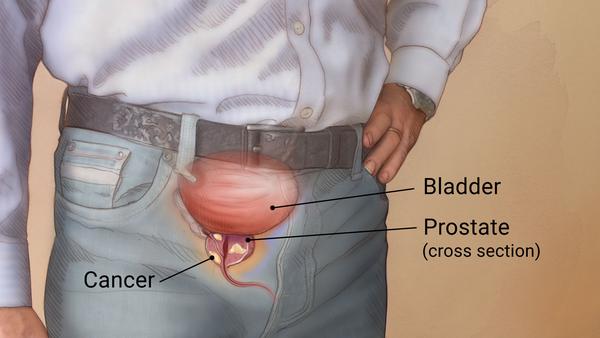The US Preventive Services Task Force updated their recommendations for prostate screening in May, 2018. For men between the ages of 55 and 69, they recommend that a decision should be made by the patient on the basis of a discussion with their doctor, considering the benefits and harms of PSA screening. So, you might logically ask: What are these? There is a very real risk of a false positive test, which can lead to unnecessary biopsy which brings potential complications, discomfort and expense. The obvious benefit is the opportunity to diagnose prostate cancer at an early stage and receive appropriate treatment. However, it has been noted that prostate cancer is slow-growing and many men would eventually die of some cause other than their prostate cancer. In those cases, treatment such as surgery can lead to impotence, incontinence or other complications of surgery. A review with the patient should include identification of high risk issues such as race/ethnicity or family history. The USPSTF recommends against PSA screening for men 70 years of age and older.
So, if you are a male between the ages of 55 and 69, come in and let’s review your risk for prostate cancer, and discuss the potential downside of getting a PSA and then we’ll make a joint decision about whether we should obtain one.

